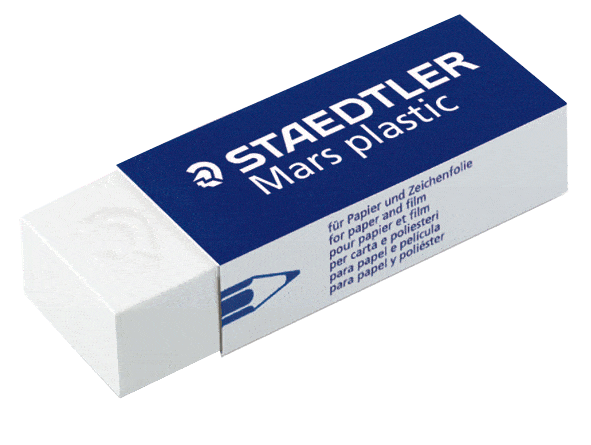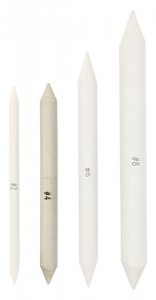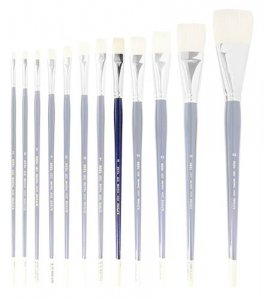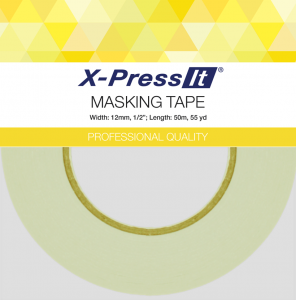Description
"Burnt Umber was developed in Italy during the Renaissance and by the time of Leonardo Da Vinci the colour had become standardised to the shade we expect to see today. It is interesting to note that Cennino Cennini???s book on studio practices published in 1437 talks only about red and yellow earths and doesn???t mention Burnt Umber or Burnt Sienna in his section on colours and yet 50 years later both colours were standard colours on virtually every palette and were seen as too important to forget about them. Raw Umber is a common pigment found in many parts of the world so it was possible for the burnt version to have been developed virtually anywhere but it happened in Italy probably as a direct result of the development of Burnt Sienna. Raw Sienna is a less common mineral than Raw Umber and the major deposit of Raw Sienna for centuries was that near Sienna in Italy. It was there that pigment manufacturers discovered that by heating the Raw Sienna in kilns they could produce the very beautiful Burnt Sienna pigment that we still use. It was logical to experiment with other pigments and it was soon discovered that Raw Umber when roasted in a kiln made a more useful dark brown than the natural Raw Umber. Raw Umber is quite a cool colour and artists soon realised that the much warmer chocolate brown colour of Burnt Umber worked much better for making shadows in portraits and figures. It suits the natural warmth of the human body. As a result the colour quickly became very popular and even today when we have so many colours to choose from there would be very few artists who do not use Burnt Umber as one of the most basic colours. For centuries it tended to be made in a very limited range of shades. The standard colour used by artists was considered just right for house painting and other uses but in the age of the automobile there grew a demand for more variety and now there are many shades from quite warm to quite cool varieties which is why there is so much variety between the Burnt Umbers offered by different artist paint manufacturers. The Burnt Umber offered by Matisse is a particularly rich dark warm
chocolate colour.
Burnt Umber is used in mixtures as a darkener of other colours, for making very dark earthy greens in mixtures with Phthalo Green or Chromium Green Oxide and in mixtures with reds to make deep Burgundy types of colours. This works especially well when using transparent cool reds such as Primary Red or Matisse Rose Madder. These reds give warmth to the Burnt Umber and make colours that are very good for making shadows in skin while avoiding too much brown in the skin colour. Adding Ultramarine Blue to these dark burgundies makes for rich earthy shadow colours for landscapes and for the deepest shadows in folds of red and purple drapes.
When painting human hair Burnt Umber is rarely off the palette. Even blonde hair has deep Burnt Umber type colours in the shadows within the hair, although dark hair will often need Ultramarine Blue added to the Burnt Umber to get dark enough for the blackish shadows. Burnt Umber makes interesting blacks when mixed with Phthalo Green as well. As long as the artist has a tube of Burnt Umber and Phthalo Green there is no need to have a tube of black paint. Matisse Burnt Umber in the structure range is a lovely dark sort of Burnt Umber that is particularly useful when making blacks.
"









